That code should not cause an OOM exception. When you pass a DataReader to SqlBulkCopy.WriteToServer you are streaming the rows from the source to the destination. Somewhere else you are retaining stuff in memory.
SqlBulkCopy.BatchSize controls how often SQL Server commits the rows loaded at the destination, limiting the lock duration and the log file growth (if not minimally logged and in simple recovery mode). Whether you use one batch or not should have no impact on the amount of memory used either in SQL Server or in the client.
Here's a sample that copies 10M rows without growing memory:
using System;
using System.Collections.Generic;
using System.Data.SqlClient;
using System.Linq;
using System.Text;
using System.Threading.Tasks;
namespace SqlBulkCopyTest
{
class Program
{
static void Main(string[] args)
{
var src = "server=localhost;database=tempdb;integrated security=true";
var dest = src;
var sql = "select top (1000*1000*10) m.* from sys.messages m, sys.messages m2";
var destTable = "dest";
using (var con = new SqlConnection(dest))
{
con.Open();
var cmd = con.CreateCommand();
cmd.CommandText = $"drop table if exists {destTable}; with q as ({sql}) select * into {destTable} from q where 1=2";
cmd.ExecuteNonQuery();
}
Copy(src, dest, sql, destTable);
Console.WriteLine("Complete. Hit any key to exit.");
Console.ReadKey();
}
static void Copy(string sourceConnectionString, string destinationConnectionString, string query, string destinationTable)
{
using (SqlConnection sourceConnection = new SqlConnection(sourceConnectionString))
{
sourceConnection.Open();
SqlCommand commandSourceData = new SqlCommand(query, sourceConnection);
var reader = commandSourceData.ExecuteReader();
using (SqlBulkCopy bulkCopy = new SqlBulkCopy(destinationConnectionString))
{
bulkCopy.BulkCopyTimeout = 60 * 10;
bulkCopy.DestinationTableName = destinationTable;
bulkCopy.NotifyAfter = 10000;
bulkCopy.SqlRowsCopied += (s, a) =>
{
var mem = GC.GetTotalMemory(false);
Console.WriteLine($"{a.RowsCopied:N0} rows copied. Memory {mem:N0}");
};
// Write from the source to the destination.
bulkCopy.WriteToServer(reader);
}
}
}
}
}
Which outputs:
. . .
9,830,000 rows copied. Memory 1,756,828
9,840,000 rows copied. Memory 798,364
9,850,000 rows copied. Memory 4,042,396
9,860,000 rows copied. Memory 3,092,124
9,870,000 rows copied. Memory 2,133,660
9,880,000 rows copied. Memory 1,183,388
9,890,000 rows copied. Memory 3,673,756
9,900,000 rows copied. Memory 1,601,044
9,910,000 rows copied. Memory 3,722,772
9,920,000 rows copied. Memory 1,642,052
9,930,000 rows copied. Memory 3,763,780
9,940,000 rows copied. Memory 1,691,204
9,950,000 rows copied. Memory 3,812,932
9,960,000 rows copied. Memory 1,740,356
9,970,000 rows copied. Memory 3,862,084
9,980,000 rows copied. Memory 1,789,508
9,990,000 rows copied. Memory 3,903,044
10,000,000 rows copied. Memory 1,830,468
Complete. Hit any key to exit.


